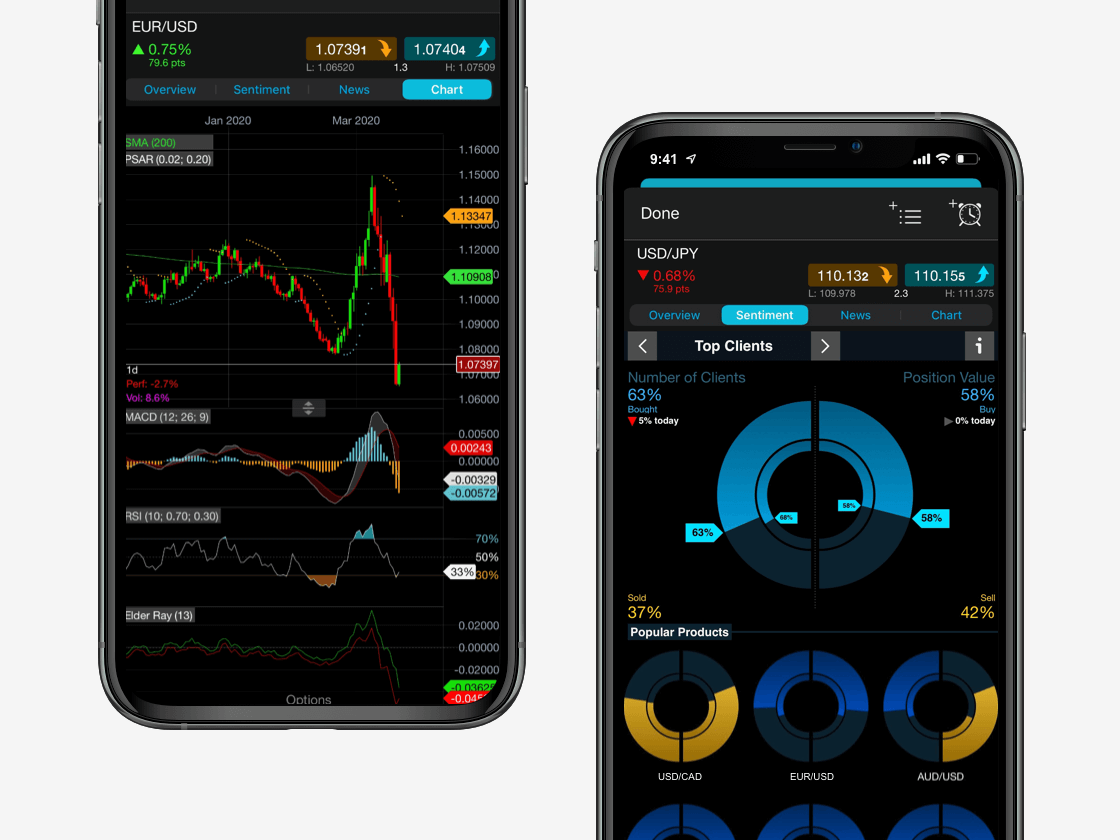When there is a short squeeze in the stock market, traders often use short-selling strategies to open positions on shares that they think will decrease in price. Rather than attempting to profit from the bull market and company growth, instead, they look for negative market sentiments, known as trading the bear market. Read more about shorting stocks here.
Short interest refers to the total number of open short positions for a stock. Therefore, a short squeeze tends to occur in companies with a high level of short interest, such as Netflix or Tesla, of which the latter has topped NASDAQ’s list of most shorted stocks in the US for consecutive years. In the face of a short squeeze, short sellers should attempt to cover their short interest through buying actual shares of the company that they were betting against.



